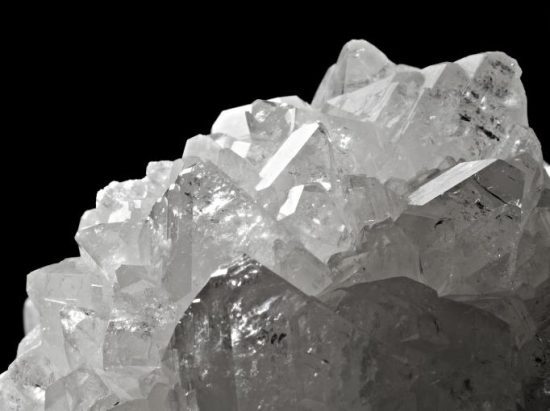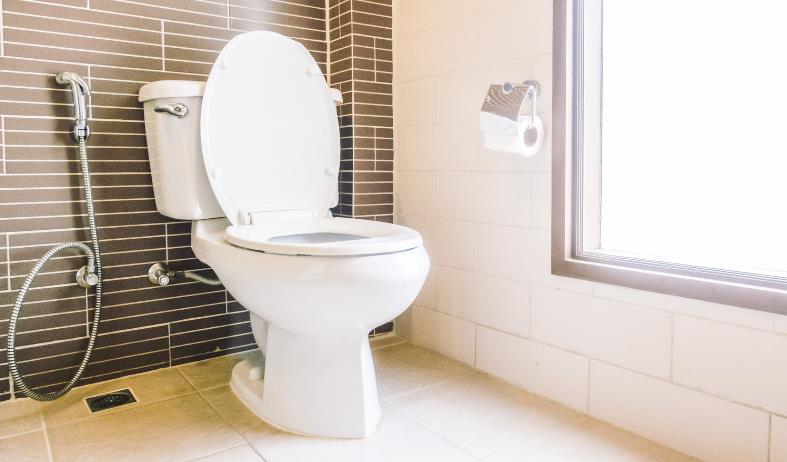In any bathroom, toilet rings can be an ugly problem that detracts from a tidy and welcoming area. Hard water, mineral deposits, and bacterial growth are the usual causes of these tough stains, which can be impossible to remove if not cleaned right once. Thanks to several practical tips and DIY solutions, you don’t need to rely too much on harsh chemicals to maintain a spotless toilet bowl. This article explores essential methods to tackle this common problem, ensuring you can effectively eliminate the toilet ring.
Understanding the Causes of Toilet Bowl Rings
Understanding the cause of these rings before attempting any removal methods is essential. Hard water minerals like calcium, magnesium, and bacteria that love moisture usually cause toilet bowl rings. Sometimes, the presence of mold or mildew may also be the cause of these stains’ appearance. Apart from these causes, the formation of these stains can be accelerated and become more difficult to remove over time by improper water flow and occasional washing. It’s also possible that some of the chemicals in the water will cause the discoloration to happen more quickly, which emphasizes the importance of routine upkeep and observation. Selecting the best cleaning solution might be aided by understanding the cause.
How to Get Rid of Toilet Ring?
Regular Cleaning: The First Line of Defense
Regular cleaning is the most straightforward technique to stop toilet bowl rings from forming. Adding a fast scrubbing regimen to your weekly cleaning schedule can avoid minerals and dirt. At least once a week, scrape the toilet bowl with a regular toilet brush and a little cleaning solution. In places with hard water, clean more frequently for optimal outcomes.
Furthermore, paying close attention to the water line and behind the rim, where stains tend to gather, can be especially beneficial. You can also make your cleaning regimen more successful using a cleaner targeting scale and lime. Consider letting the cleaning solution soak for a few minutes before scrubbing for a more thorough cleaning. This enables the minerals to be broken down by the solution. This allows the solution to break down the minerals and bacteria more effectively, ensuring a cleaner and ring-free toilet bowl.
Natural Remedies for Stain Removal

Several natural products can be effective against toilet bowl rings for those who prefer environmentally friendly solutions. One popular option is white vinegar, known for its acidity, which breaks down mineral deposits. Drop a cup of vinegar into the toilet bowl, letting it sit for an hour before scrubbing with a toilet brush. Baking soda can use with vinegar for a deeper clean. Sprinkle baking soda around the bowl, add vinegar, and watch the mixture fizz. After letting it sit, scrub the stains away.
The Power of Pumice Stones
A pumice stone is another valuable tool for removing more stubborn stains. Pumice stones can be used wet to gently remove mineral deposits from porcelain without causing any damage. To prevent scratches, it is imperative to use the stone gently and to keep it moist at all times. This method works very well for stains that are difficult to remove with brushes or chemical cleaners.
While using the stone, rinse it frequently to remove any dirt, causing it to become less effective or scratchy. Use mild, consistent pressure and concentrate on cleaning small areas at a time for optimal results. Furthermore, since pumice stone removal doesn’t involve harsh chemicals, it may be a more environmentally responsible solution. After using the pumice stone, flushing the toilet to rinse away any residue will leave your bowl looking pristine.
Borax: A Versatile Cleaning Agent

Borax is a potent cleaner that works well on stubborn toilet rings. When using Borax, liberally sprinkle it into the toilet bowl and use a brush to swish it around. After letting it sit all night, clean the bowl in the morning. Borax not only aids in stain removal but also cleans the toilet, minimizing the growth of germs and smells. This procedure works exceptionally well on deeply embedded stains that have yet to fade with standard cleaning solutions.
Additionally, due to its disinfecting qualities, Borax contributes to keeping your bathroom hygienic. Remember to air the area to guarantee safety when using Borax properly. Borax can be used regularly to keep your toilet cleaner for longer and to prevent stains in the future.
Routine Checks and Maintenance
Apart from regular cleaning, maintaining your toilet can help prevent the formation of stains. Check inside the tank occasionally for any signs of rust or mold, as these can contribute to staining. Additionally, managing hard water with a water softener can significantly reduce the likelihood of mineral deposits forming. It’s also beneficial to inspect the flushing mechanism and water jets to ensure they function correctly, as weak water flow can hinder the rinsing of potential stain-causing substances.
Regularly replacing any worn components in the toilet tank can also prevent leaks and other issues that might promote staining. Furthermore, consider using an automatic toilet bowl cleaner that can help maintain cleanliness and freshness between manual cleanings. These proactive maintenance steps can extend the life of your toilet and keep it looking immaculate.
Conclusion
In conclusion, maintaining a ring-free toilet bowl is about regular maintenance and using the right cleaning strategies. Whether you choose natural remedies or more abrasive solutions like pumice stones, these methods can effectively maintain the neatness and hygiene of your bathroom. By following these tips, you can make sure that the issue of how to get rid of toilet rings remains a thing of the past.
Frequently Asked Questions about Removing Toilet Rings
How often should I clean my toilet to prevent ring formation?
It is suggested to clean your toilet at least once a week to prevent the accumulation of mineral deposits and bacterial growth that can lead to ring formation. In areas with hard water, more frequent cleaning might be necessary.
Can natural products effectively remove toilet rings?
White vinegar or baking soda effectively remove toilet rings. These products work by breaking down the minerals and can be used safely without the risk of damaging your toilet’s porcelain finish.
Is it safer to use pumice stone on my toilet?
Yes, a pumice stone can be safely used on most porcelain toilets, provided it is used correctly. Always wet the pumice stone before use, and scrub gently to avoid scratching the porcelain.

